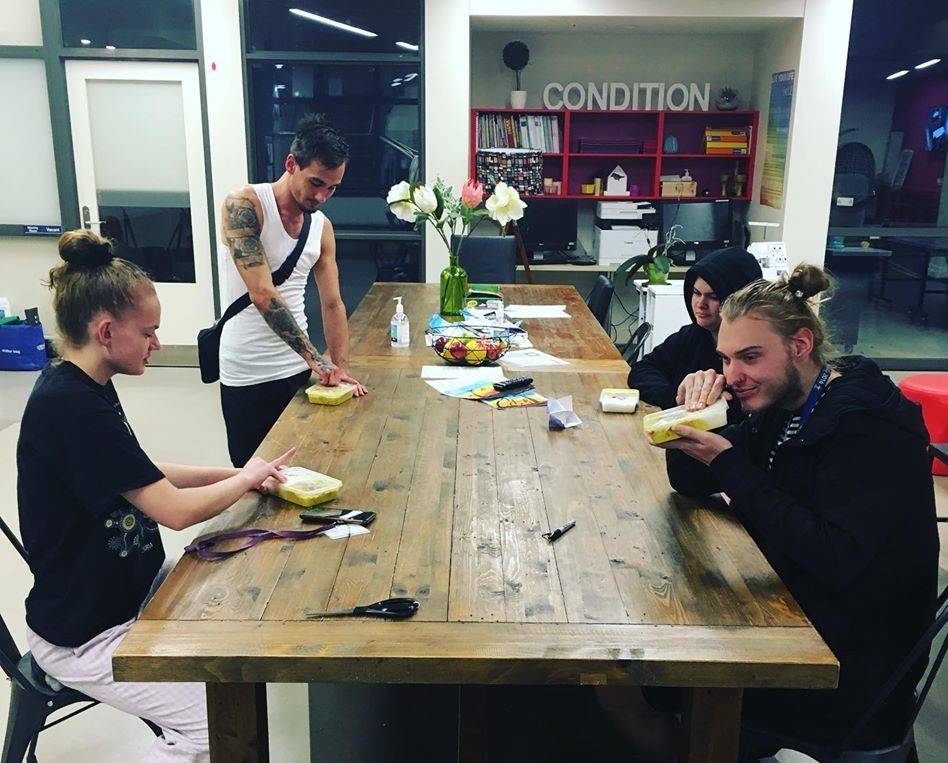
Young people in Australia are entering homelessness at increasing rates, couch surfing and staying in insecure accommodation to avoid sleeping rough. Join us as we rally support to take action on youth homelessness, helping to provide safe housing and essential support.






